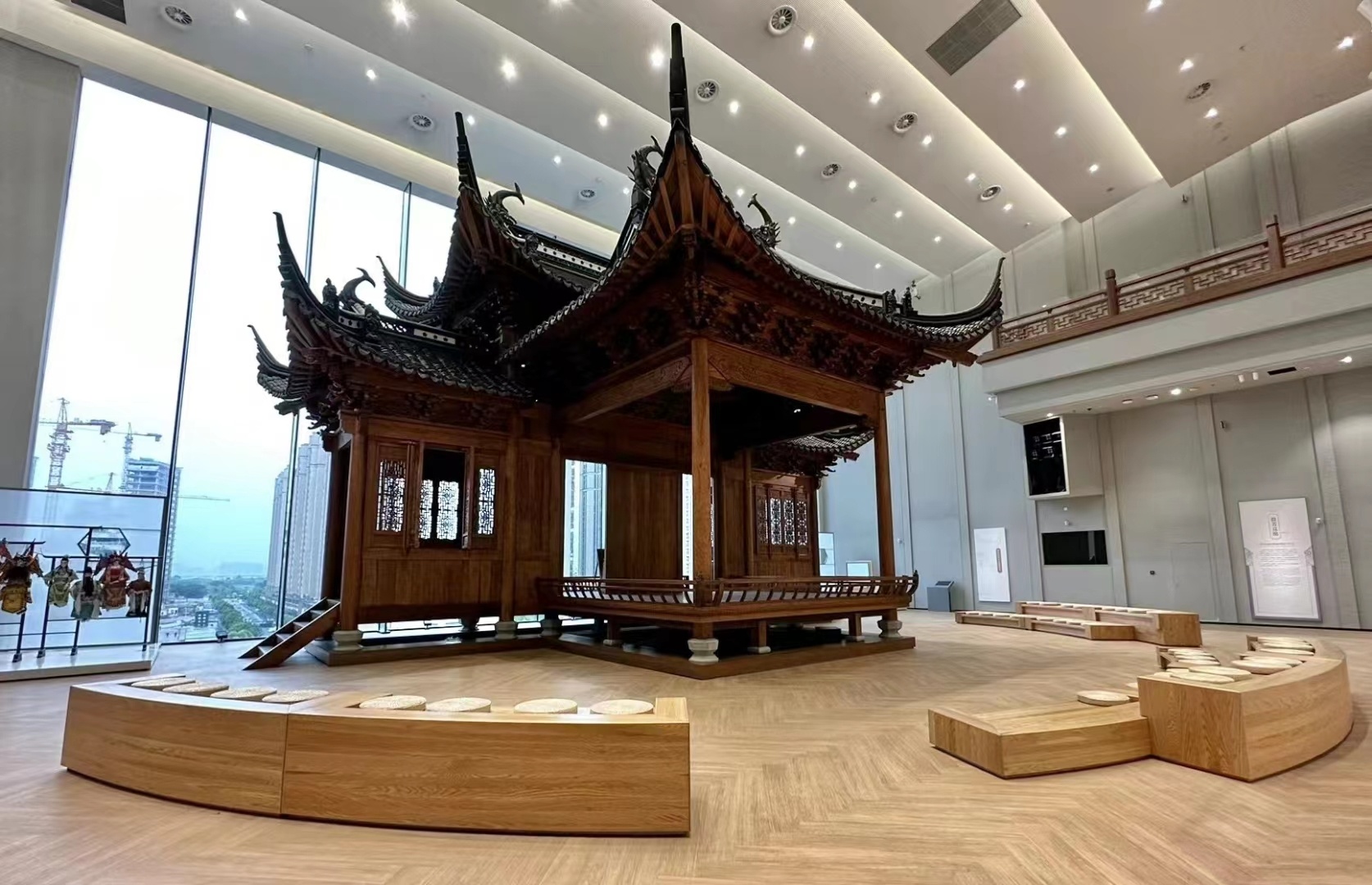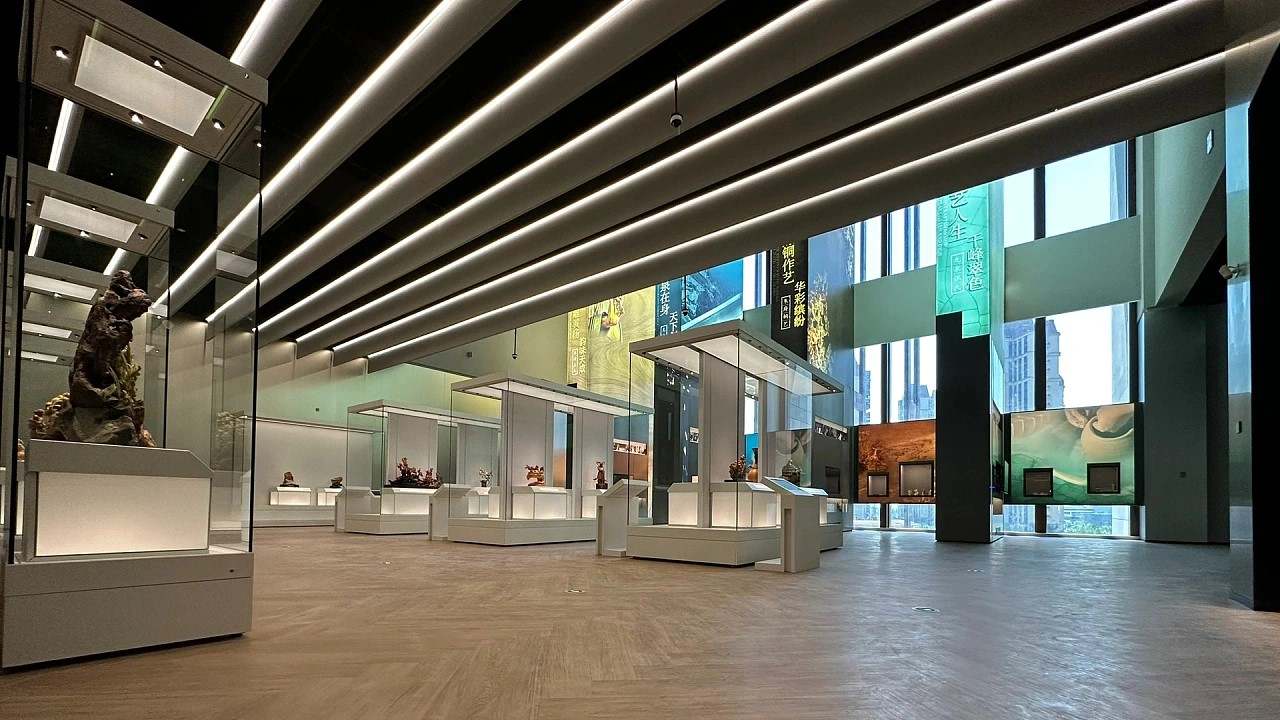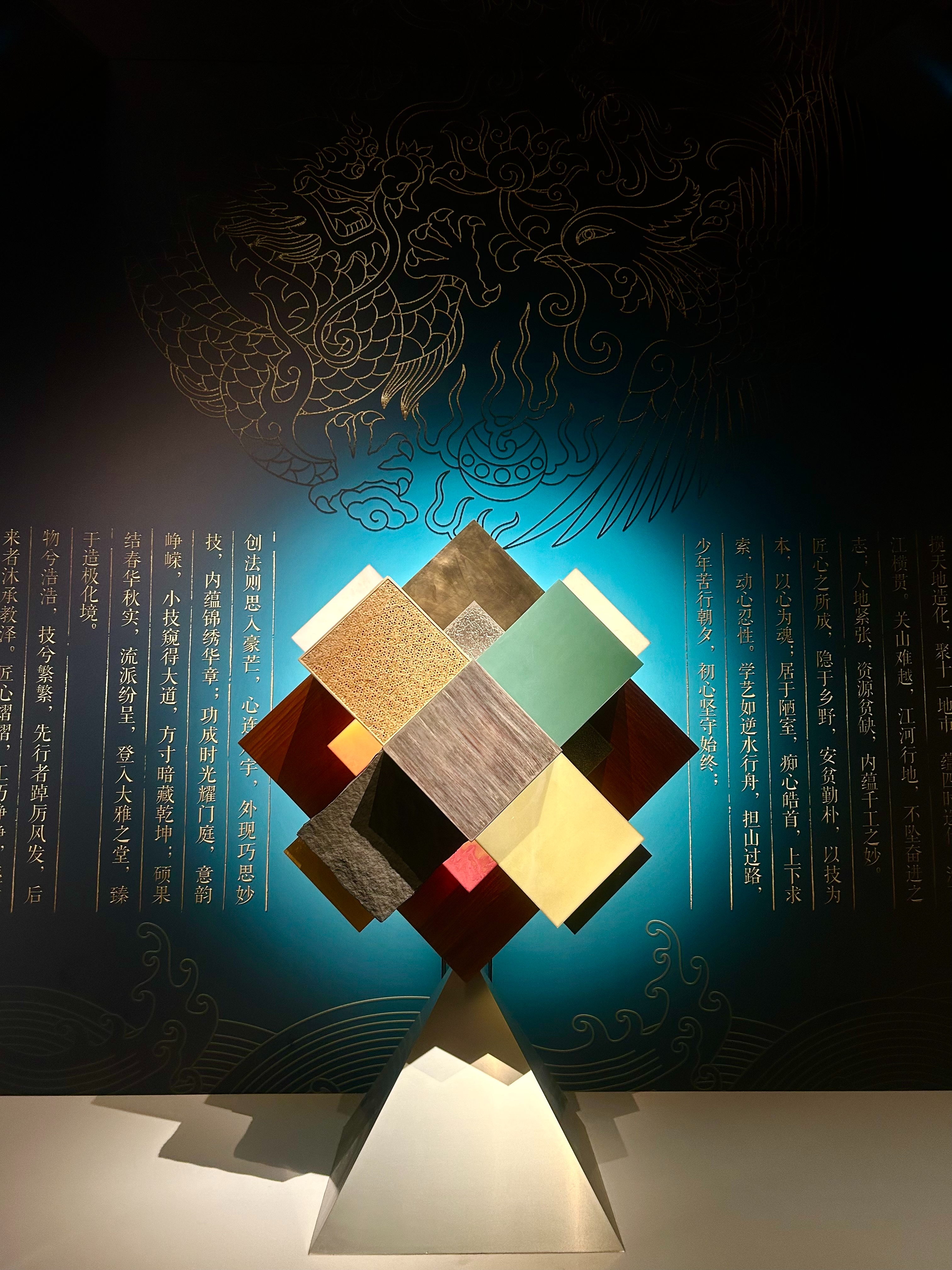
2025
Zhejiang Intangible Cultural Heritage Museum
Entrant Company
Hangzhou Zhengye Decoration Design Co., Ltd.
Category
Interior Design - Museum
Client's Name
Zhejiang Intangible Cultural Heritage Museum
Country / Region
China
Situated in Hangzhou’s Zhijiang Cultural Center, the Zhejiang Intangible Cultural Heritage Museum was created as a cultural landmark dedicated to safeguarding and revitalizing one of China’s richest intangible heritage landscapes. Zhejiang, renowned for its numerous UNESCO and national-level traditions, required a contemporary platform where these living legacies could be experienced, understood, and celebrated.
The design concept follows scholar Feng Jicai’s vision that intangible heritage is “living experience and memory, transmitted through oral teaching and close to everyday life.” Rather than treating heritage as static artifacts, the museum emphasizes its living essence—craftsmanship, memory, and spirit—allowing visitors to encounter the people and emotions behind the works.
A symbolic highlight is the Luban Lock installation in the entrance hall. Suspended in space and supported by a traditional blade, it incorporates diverse materials from ten heritage crafts, embodying the precision and ingenuity of Zhejiang artisans. This emblem reflects both the diversity of local traditions and the persistence of generations of craftsmen.
Thematic spaces deepen this narrative. The Crafts Hall uses the Luban Lock to represent diversity and place-based wisdom. The Legacy Monument Hall focuses on four heritage families, illustrating their oral traditions and skills passed down through generations. At the Opera Hall, a sculptural phoenix coronet marks the entrance, while a reconstructed traditional stage reveals the entire performance cycle, transforming the museum into a dynamic, living theatre.
The spatial language adopts lightness and simplicity, using subdued palettes and modern lines to frame heritage works as protagonists. Exhibition methods combine structural installations with digital media, reinterpreting traditional crafts in contemporary form. Material innovation is central: anodized aluminum is applied extensively for the first time in a museum, complemented by natural daylight through expansive glass curtain walls. A vast 23-meter-wide window forms the “Eye of Intangible Heritage,” subtly integrating a traditional stage as a link between past and present.
Through sustainability, natural light, and immersive experience, the museum transcends preservation to become a living, flowing, and boundless cultural sanctuary where intangible heritage continues to thrive.
Credits

Entrant Company
LeetGPT Inc., Qianmu Yang, Yuanyi Zhou, Ziwen Zeng
Category
User Experience Design (UX) - Best Use of AI & Machine Learning


Entrant Company
J'enknitwear
Category
Product Design - Textile / Knitwear


Entrant Company
Avanade UKS
Category
User Interface Design (UI) - Best Use of Data Visualization


Entrant Company
LVAO
Category
Conceptual Design - Film and Television Art Direction & Set Design





